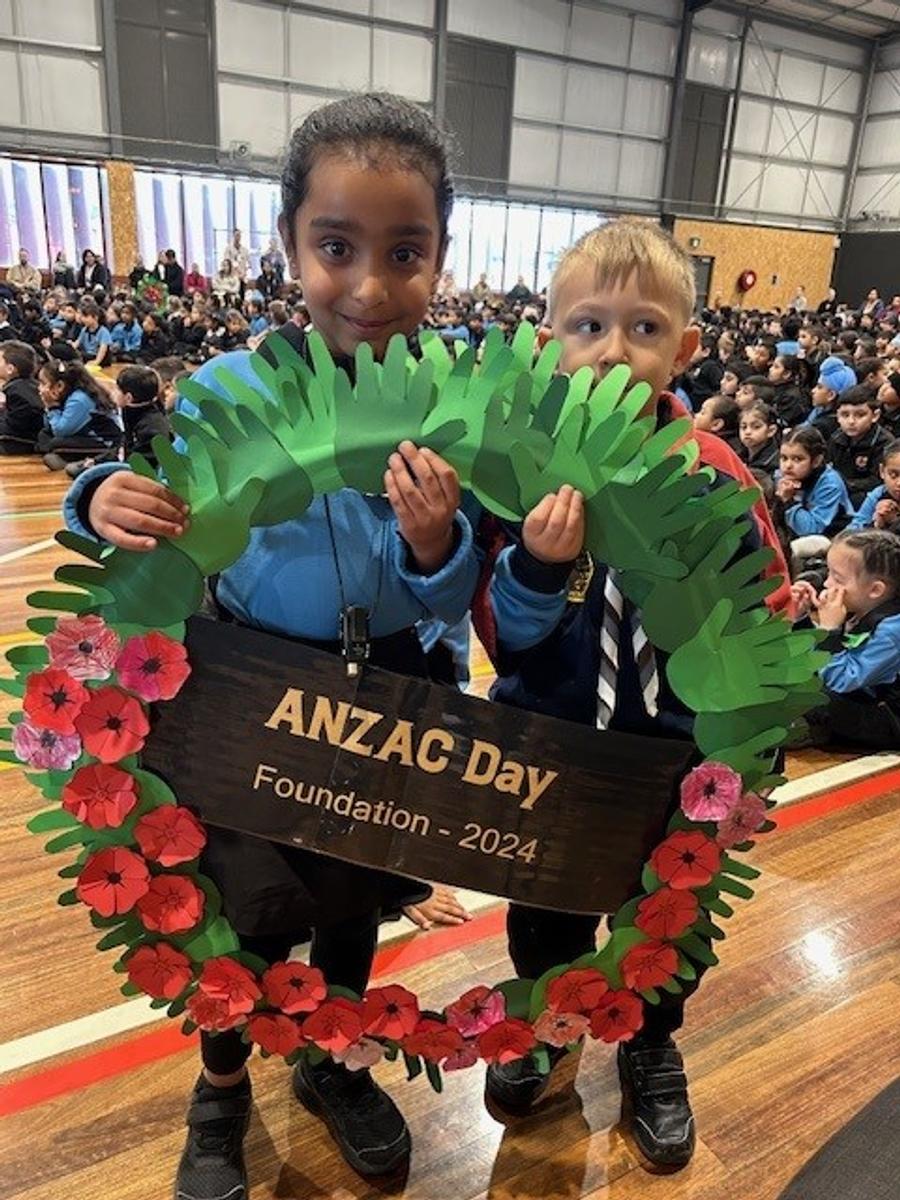Foundation
Ms Oldield, Ms Black, Ms Achilles, Ms Lancuba, Ms Walker, Ms Nicholas and Ms Seru

Foundation
Ms Oldield, Ms Black, Ms Achilles, Ms Lancuba, Ms Walker, Ms Nicholas and Ms Seru
We have jumped straight back into some exciting learning this term as we continue to introduce 2 new sounds each week. So far this term we have learnt 4 new letters; o, d, g and l.
Now that we know the name and sound of 15 letters we have been practising using this knowledge to sound out the beginning (first sound) in each word independently. As a class we have been taking this learning one step further to sound out simple 2 and 3 letter words such as at, mop and dog. We do this by firstly segmenting and sounding out each sound (eg. m-a-t) and then we blend the sounds together to read the word (eg. -mat).
Don’t forget to regularly check in on your child’s Seesaw account to see what letters they are learning and samples of their wonderful work.
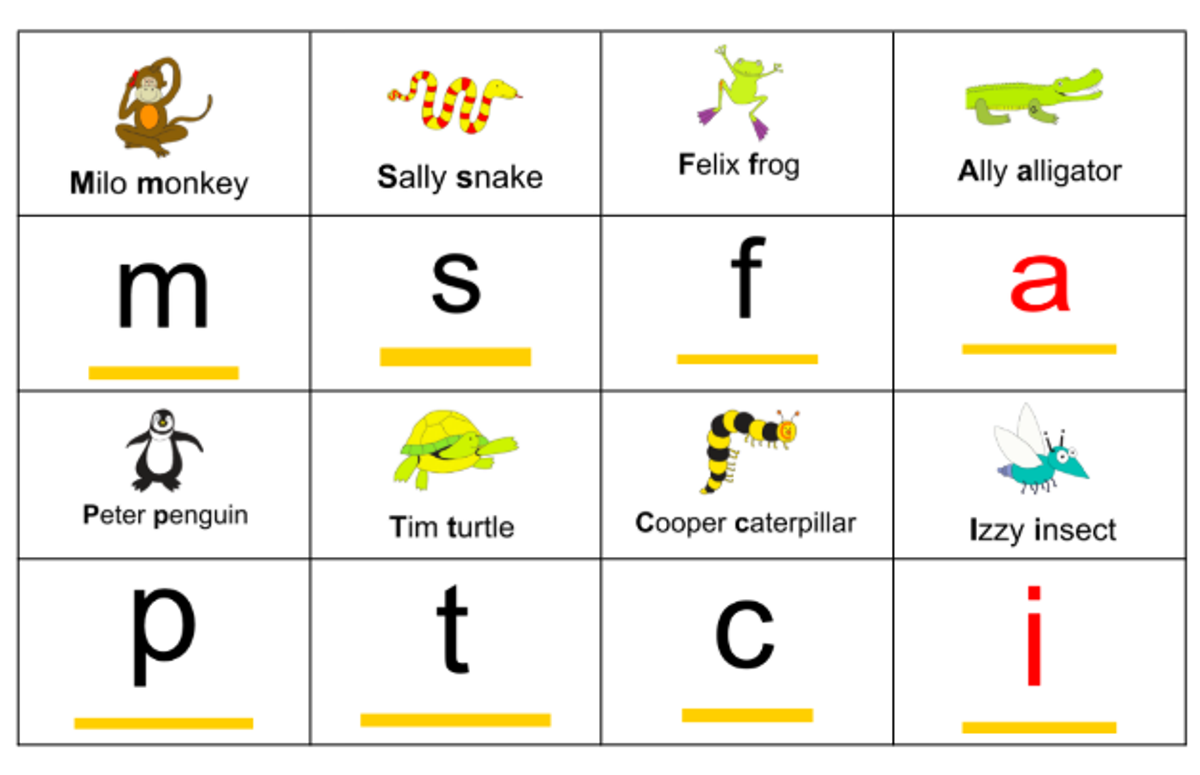

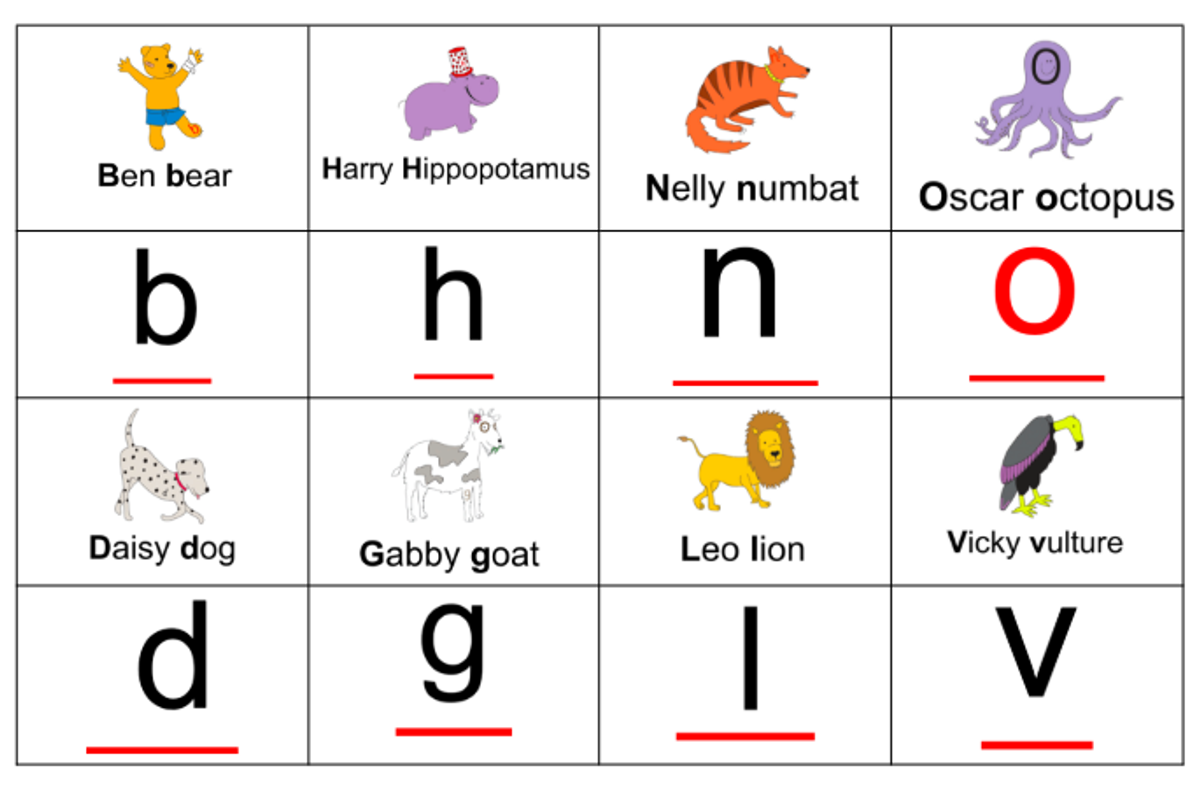

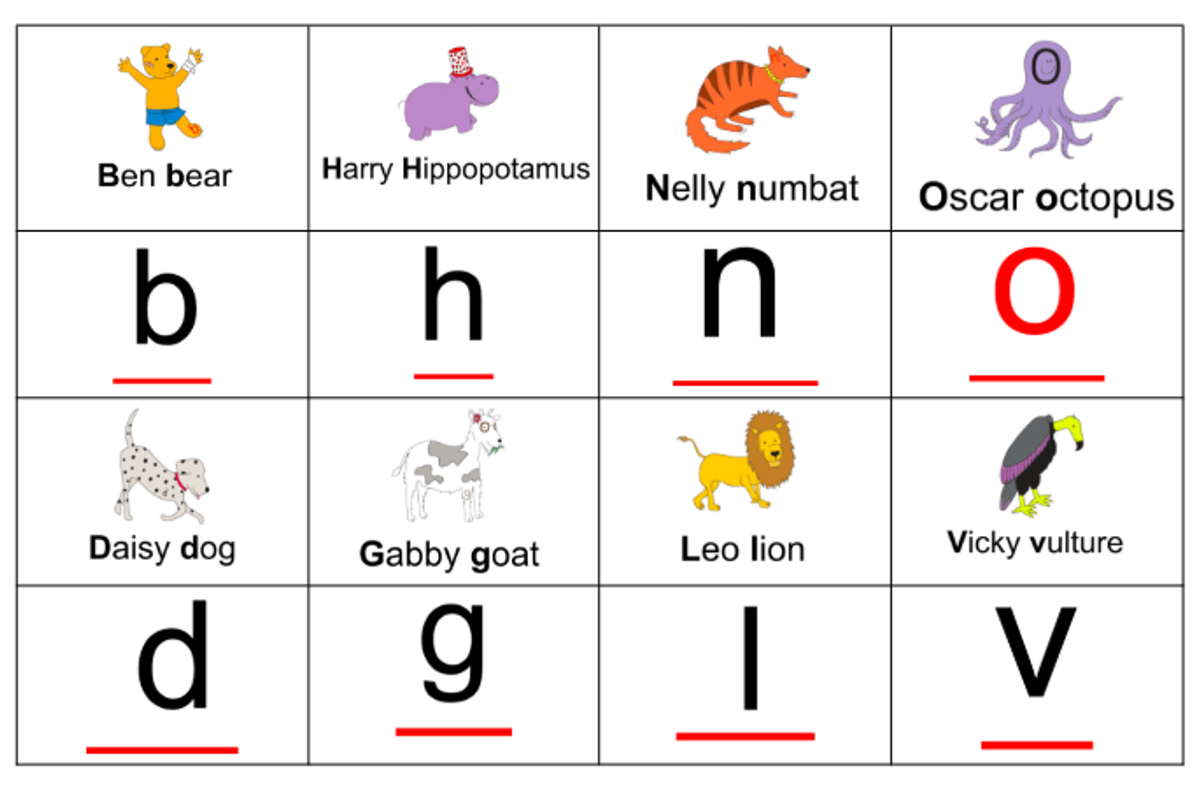

These are examples of how we are beginning to read simple words in the classroom.
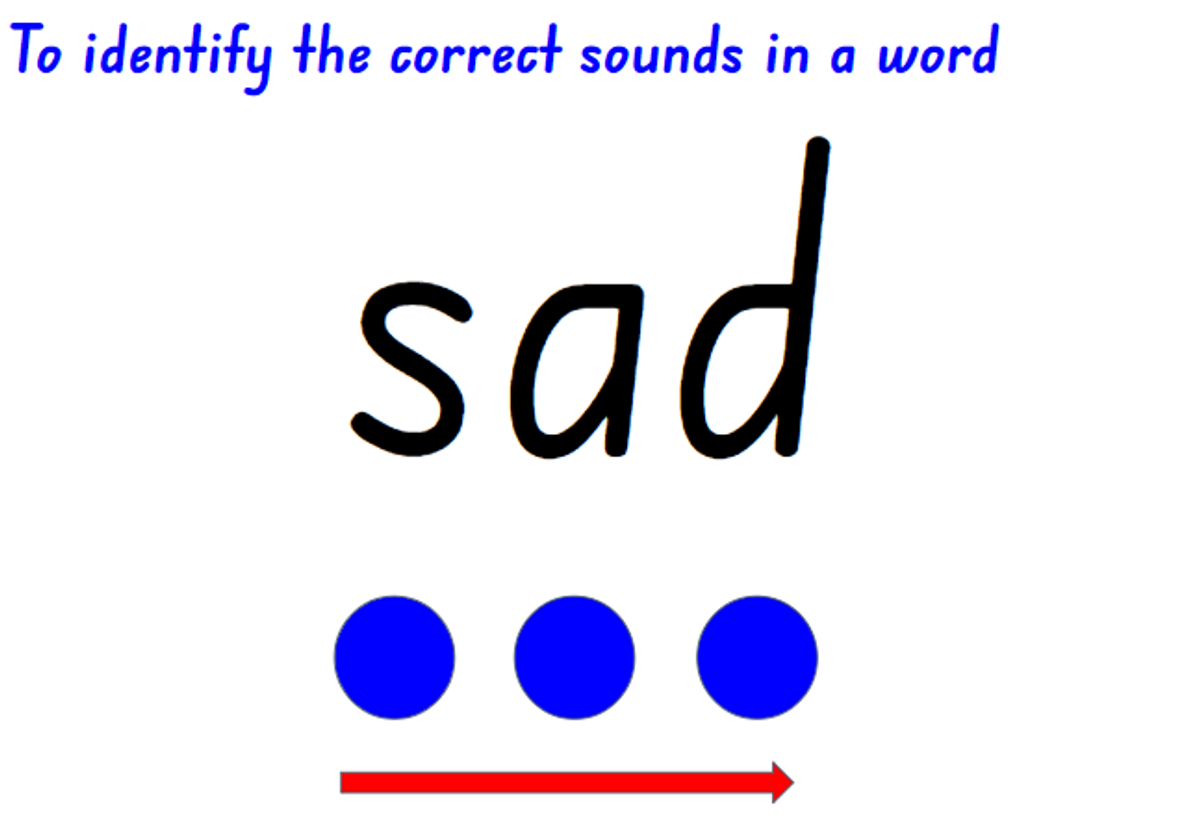



Next week we will begin our homework program. Your child will be given a book to bring home to read each week. They will keep this book for 1 week and then their teacher will swap it for a new book. To start preparing for this please bring your child’s school diary and book bag in and give it to their teacher this week.
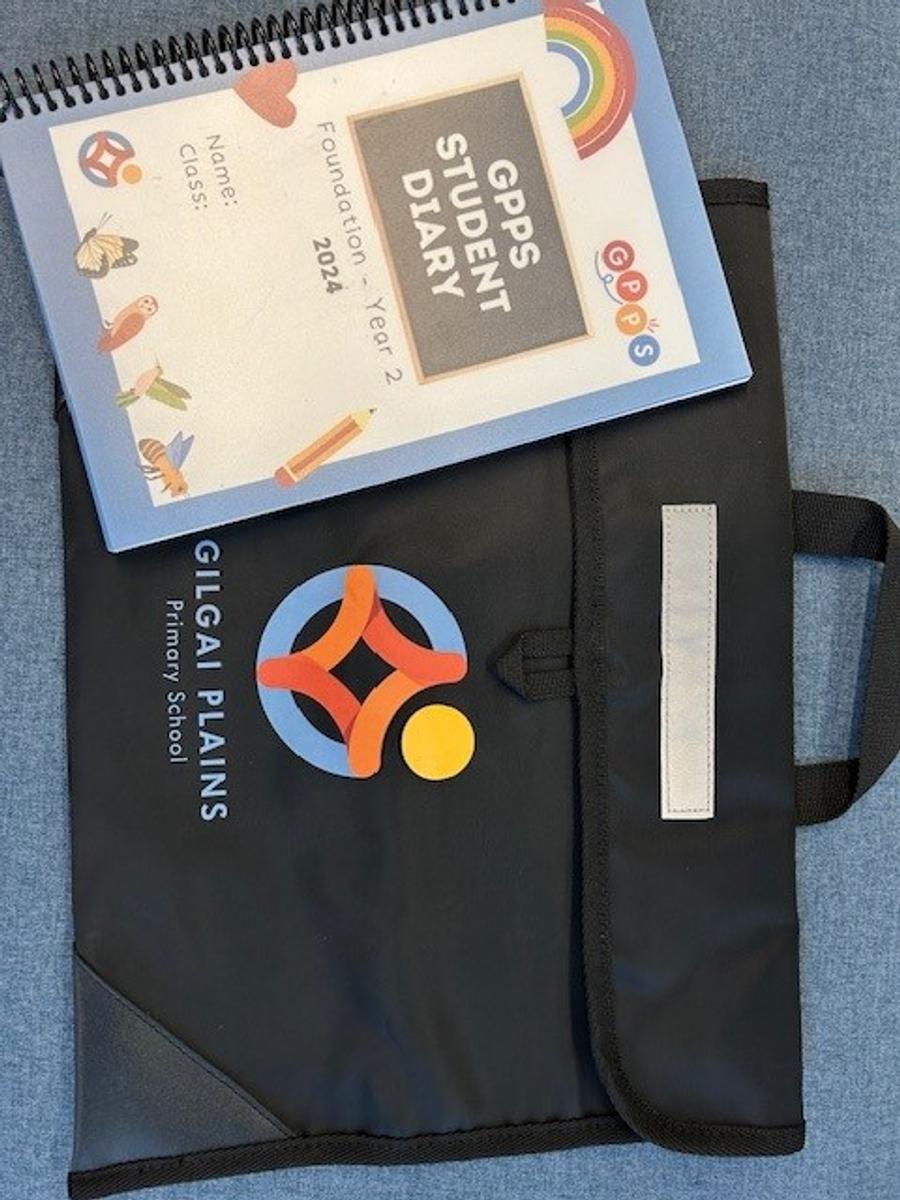

Remember you can also practise reading with your child by using the Decodable Readers Australia app. This is an excellent app which not only allows you to read simple decodable books at home but also has a range of simple lessons to build reading skills.
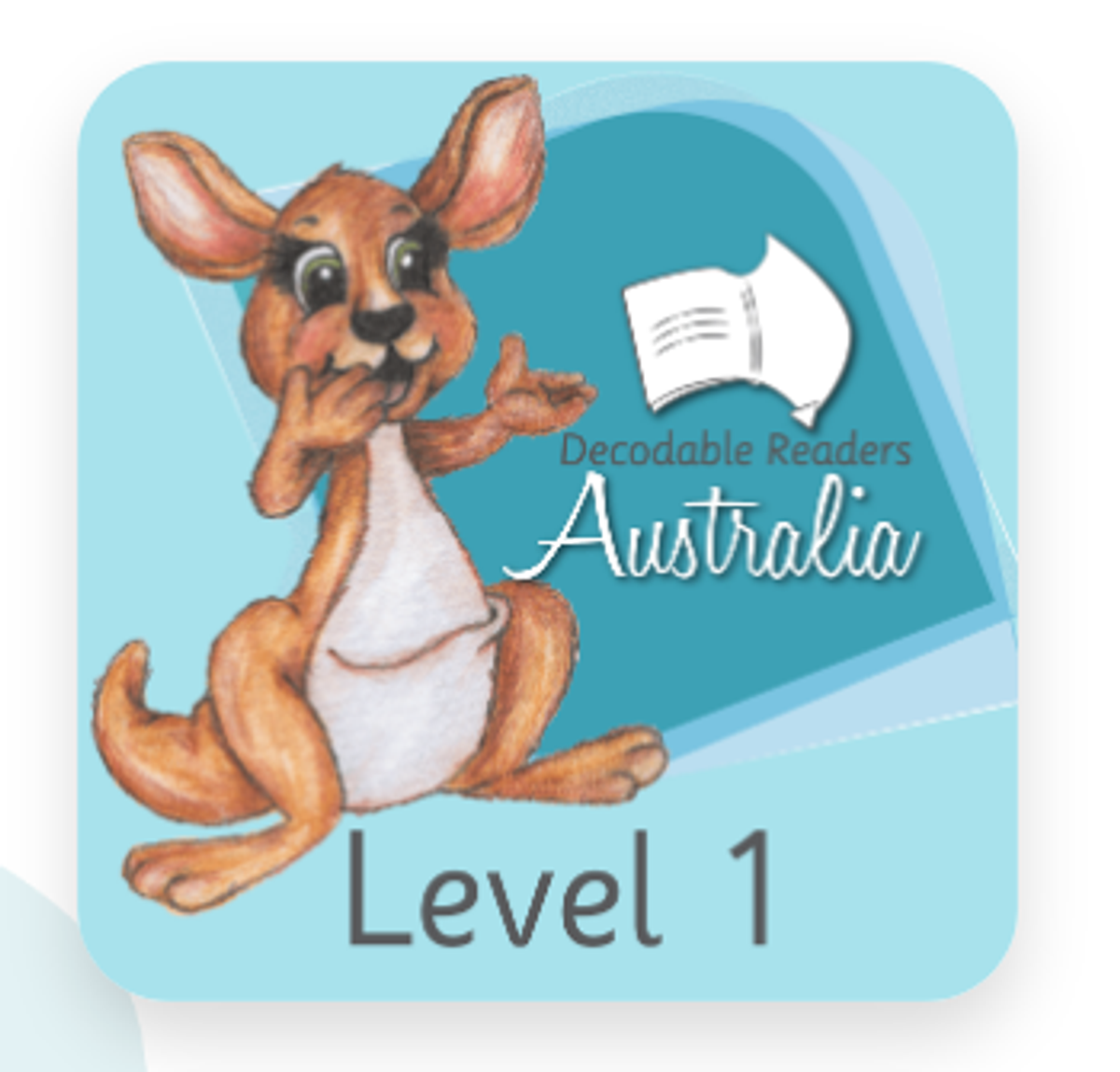

After recess each day we have introduced a quick 10 minute fluency session. This fluency session is a chance for students to practise reading with their peers and teachers. At this stage we are just reading individual letters, but we will eventually build up to reading words, sentences and then short books. At the beginning of each fluency session we go through the fluency checklist together and discuss what makes a great reader.
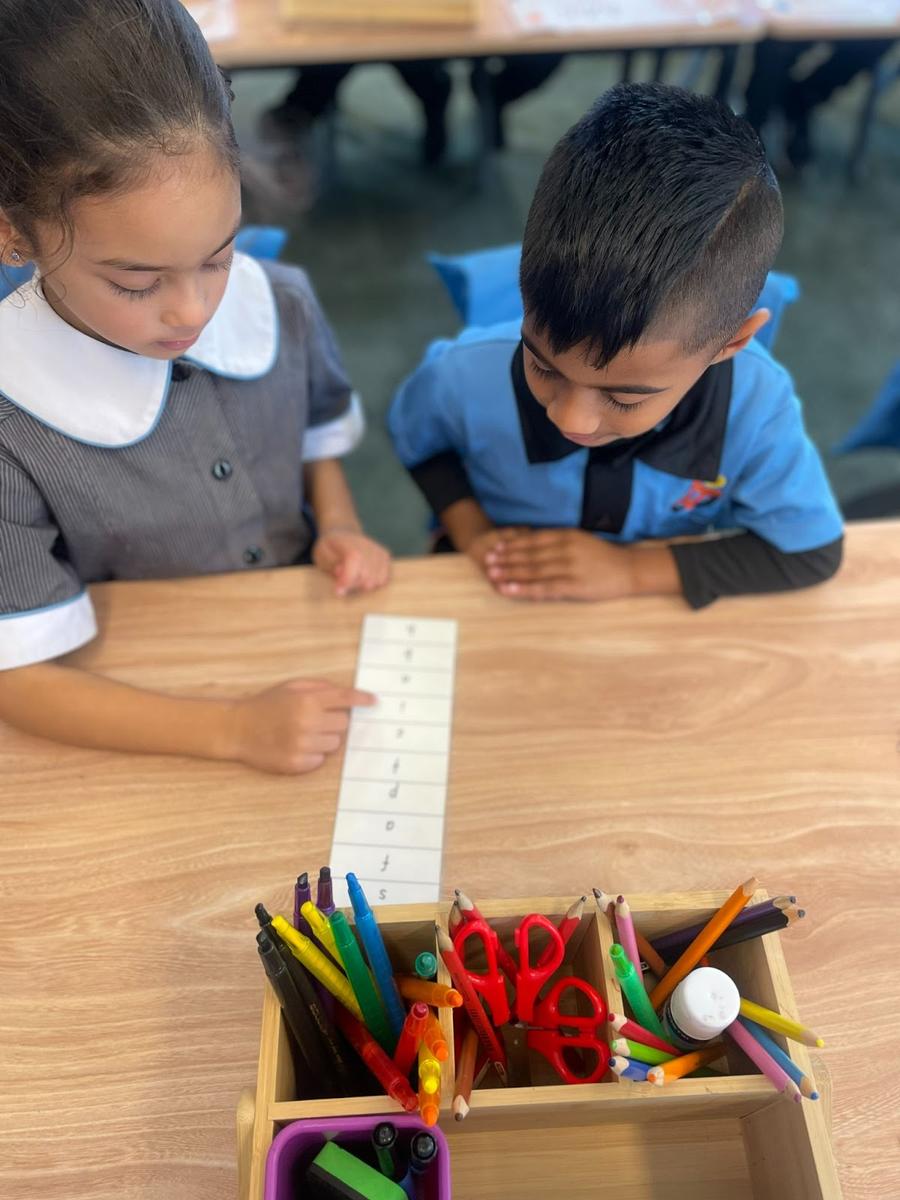

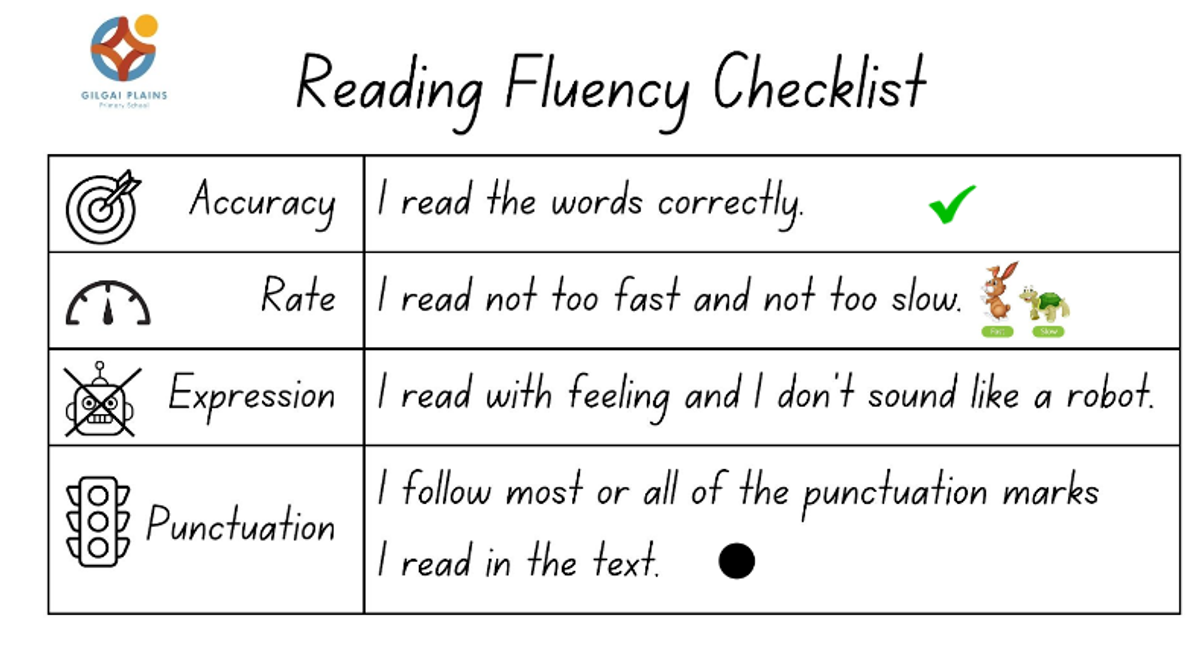

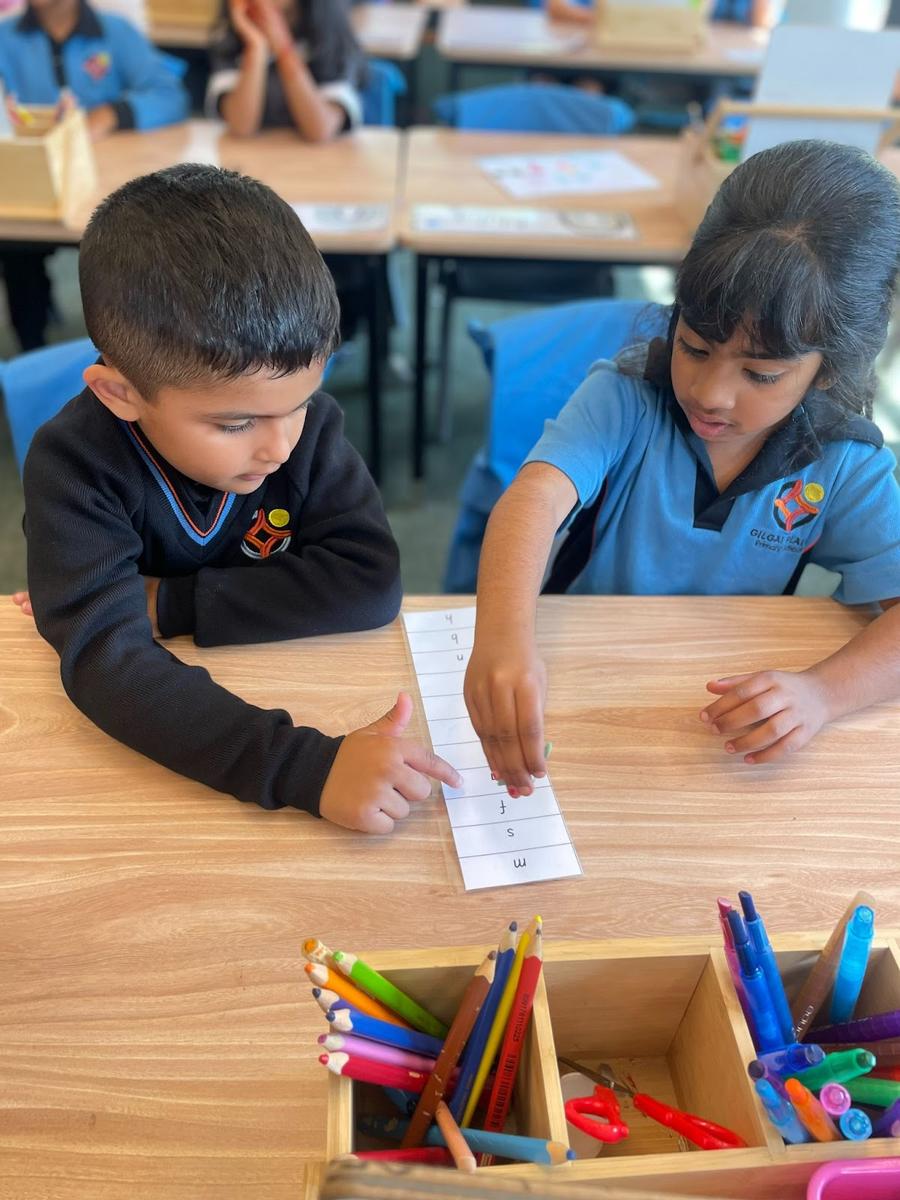

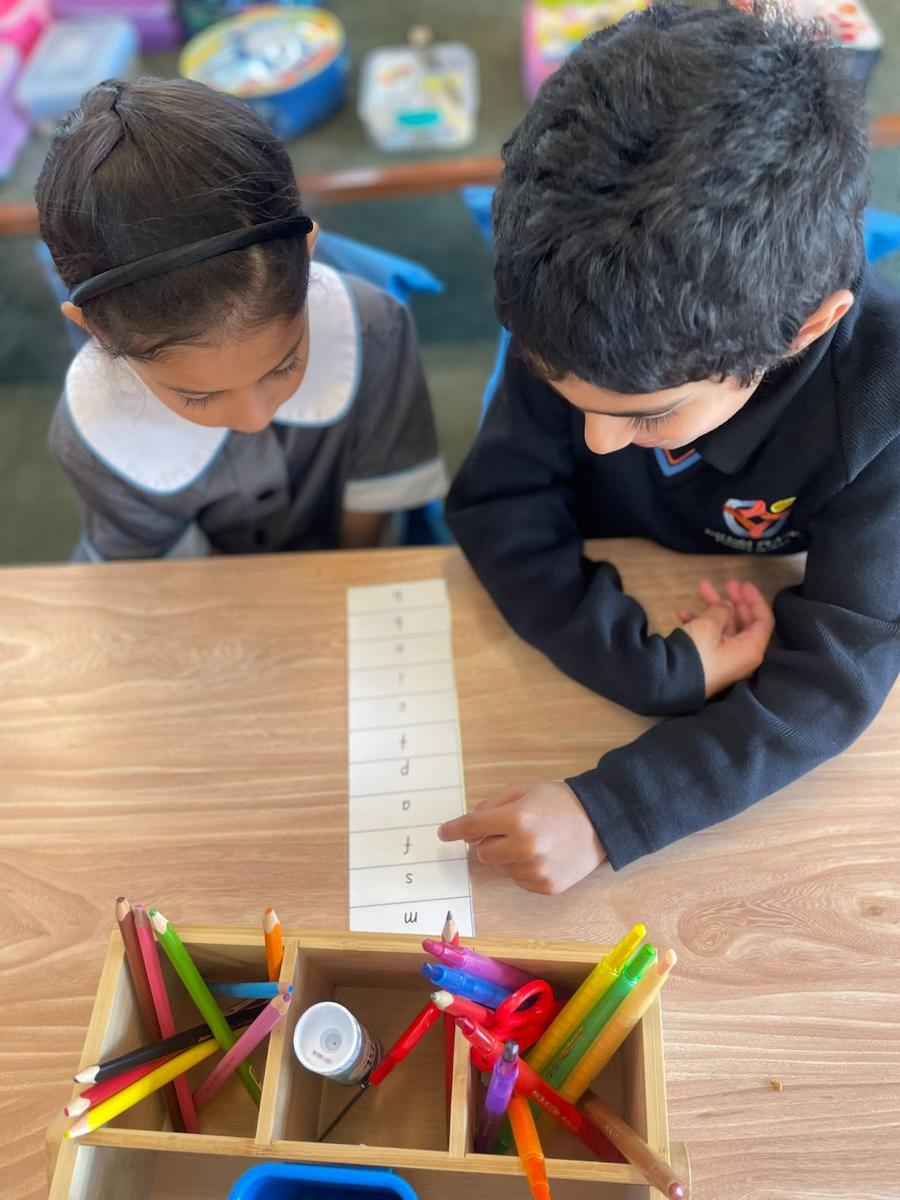

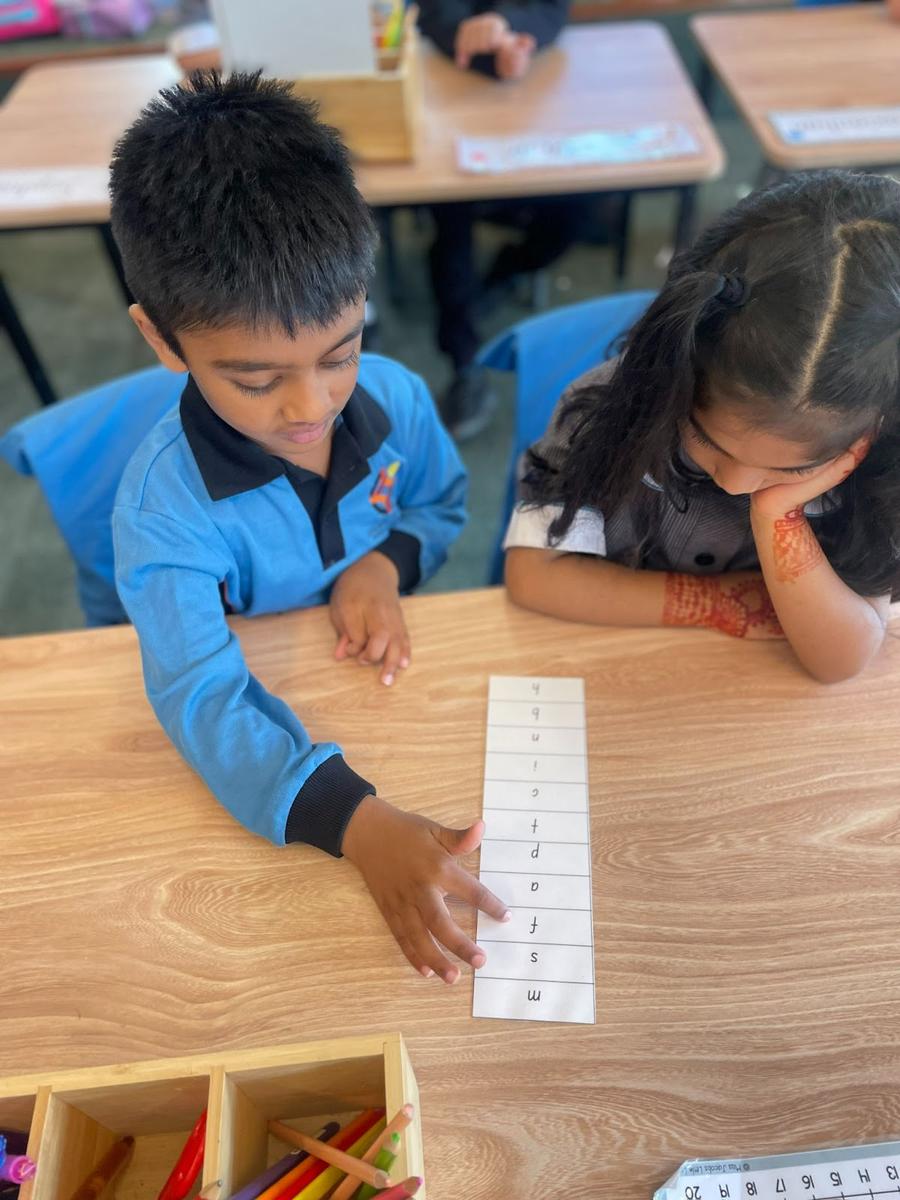

We have introduced a new Knowledge unit this term, learning about different stories and their sequence. Students are transferring their understanding of important story elements from our Story Champs program to identify the characters, problem and identifying the setting of a story. Some stories we have learnt this far are Chicken Little, Three Little Pigs, The Three Billy Goats Gruff, The Wolf and the Seven Little Kids.
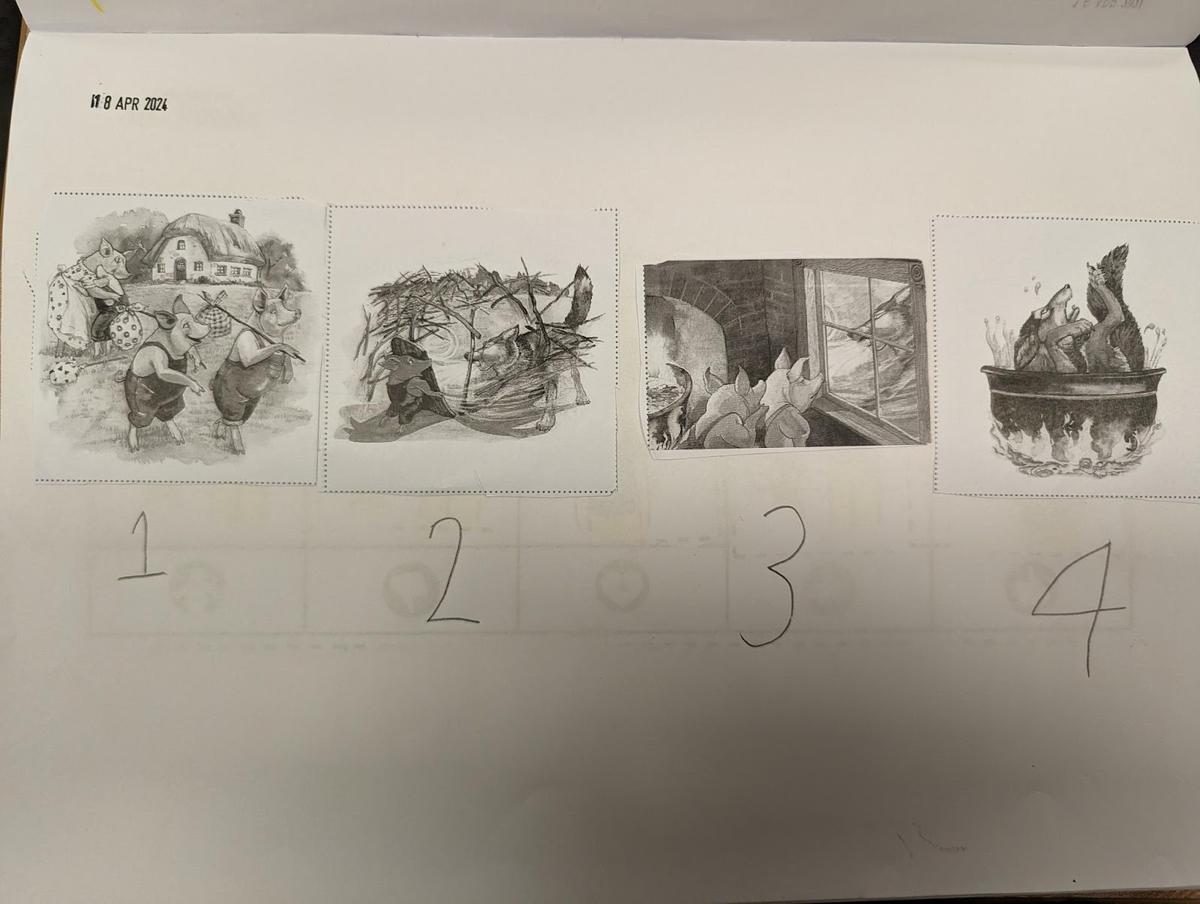



In our Numeracy sessions, we have been exploring the concept of part-part-whole operations. This involves understanding that numbers can be broken down into smaller parts. For example, the number 5 can have the parts 2 and 3, 1 and 4, or 5 and 0, among other combinations.
This approach helps students grasp the relationships between numbers and lays the groundwork for learning addition and subtraction, which we will be introducing later in the term. So far, we've focused on part-part-whole with numbers up to 5, but in the coming weeks, we'll be extending our focus to include Part-Part Whole operations up to 10.
This learning strategy helps build a solid mathematical foundation and enhances problem-solving skills. It also encourages students to think about how numbers relate to each other in different ways. We look forward to exploring these concepts further and seeing the connections students make with their growing understanding of mathematics.
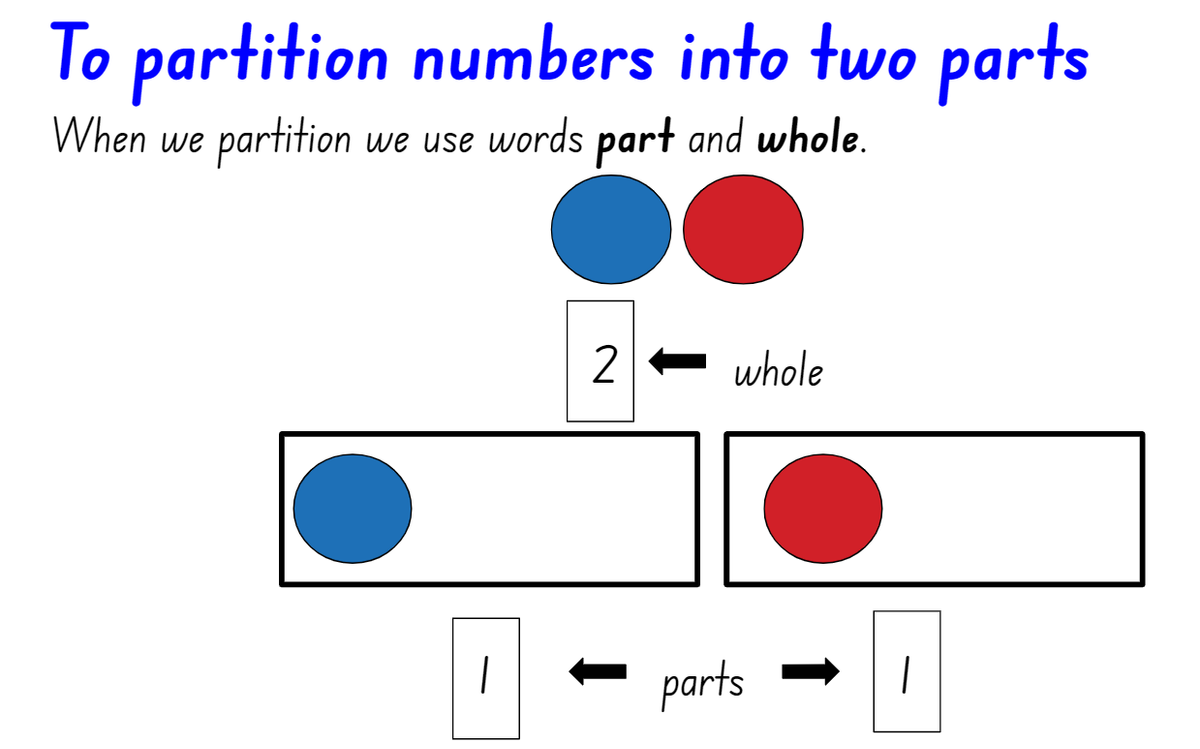

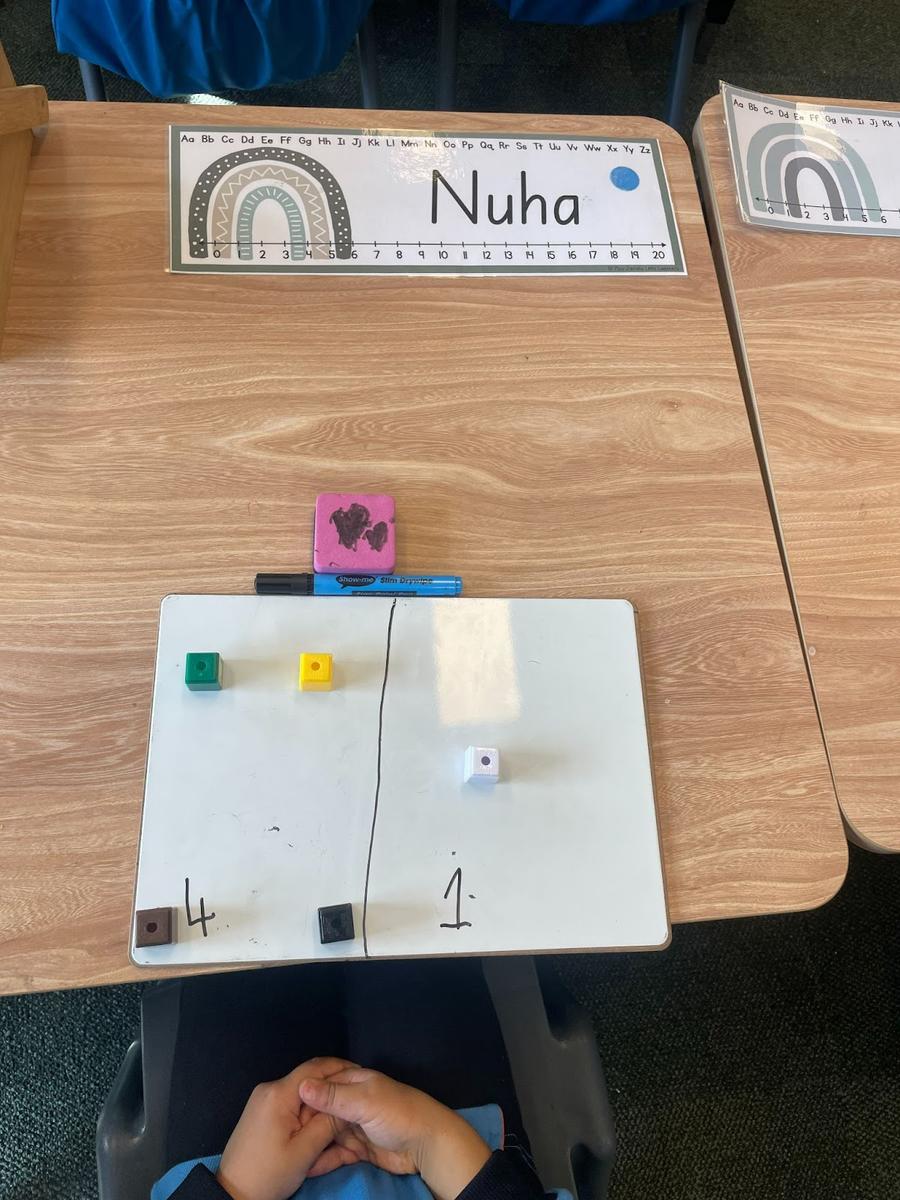

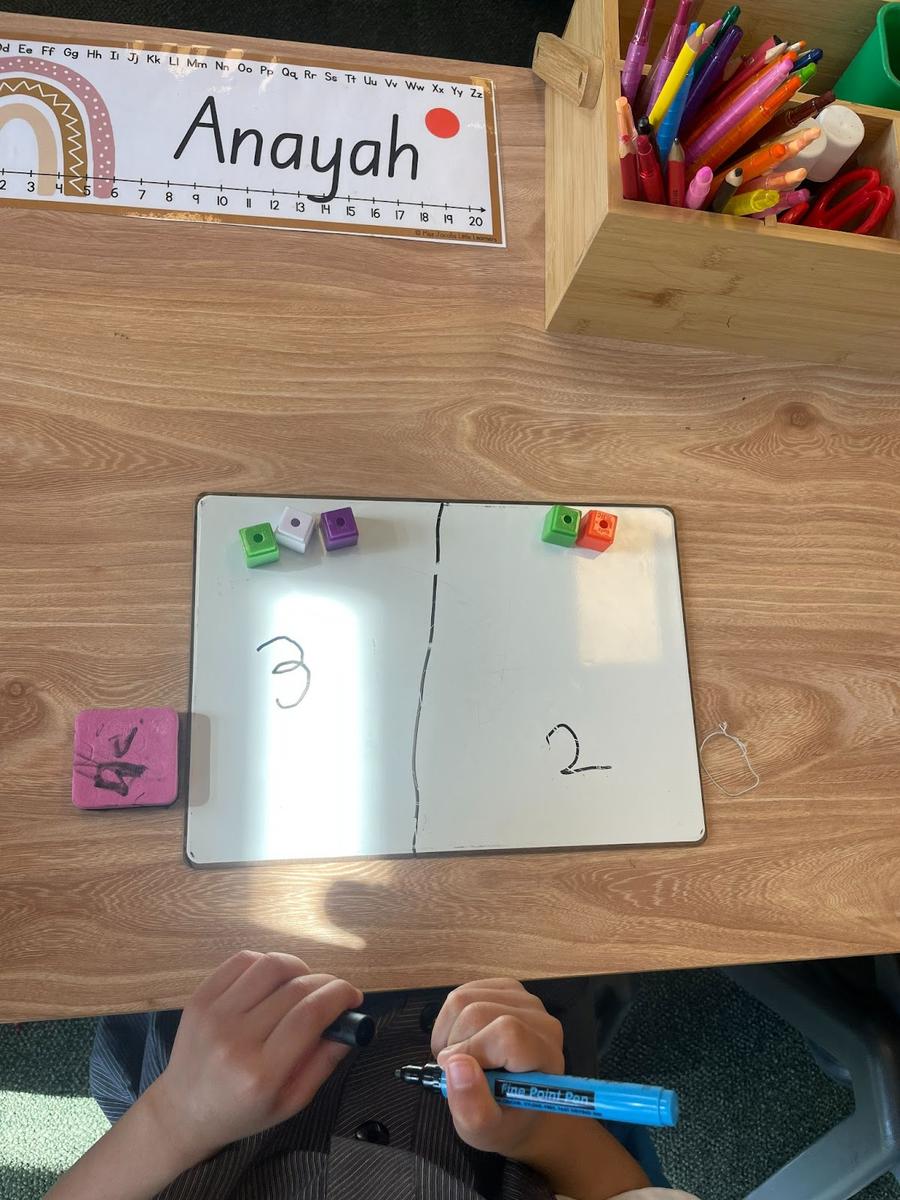

On Wednesday we commemorated ANZAC day with a special assembly. In the classroom we learnt about the significance of showing respect and the meaning behind the poppies and wreaths. All of the Foundation teachers were very proud of how respectfully all of the students stood, listened and showed respect during the assembly.


